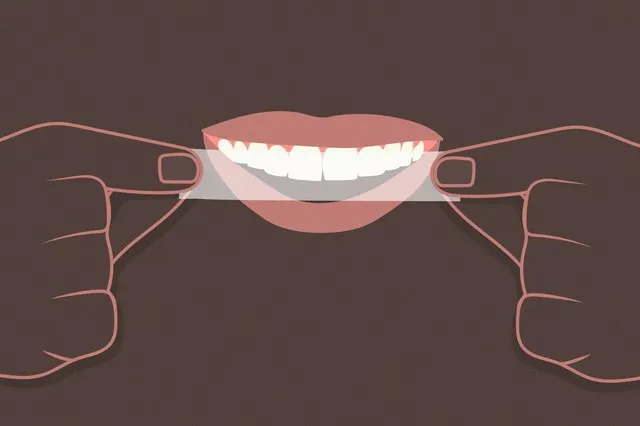What Are Whitening Strips
Whitening strips are a popular, convenient, and relatively inexpensive method for teeth whitening. These thin, flexible strips are coated with a bleaching agent, typically hydrogen peroxide or a similar compound, and are designed to adhere to the surface of your teeth. They are an over-the-counter solution, meaning they don’t require a prescription from a dentist, making them readily accessible to anyone looking to brighten their smile. The appeal of whitening strips lies in their ease of use and the potential for noticeable results within a few weeks. However, understanding how they work, their different types, and how to use them correctly is crucial for achieving the best results while minimizing potential risks.
How Do Whitening Strips Work
The mechanism behind whitening strips involves a chemical reaction between the bleaching agent and the stains on your teeth. The active ingredient, such as hydrogen peroxide, penetrates the enamel and dentin, breaking down the discolored molecules. This process effectively lightens the stains, leading to a brighter and whiter smile. The effectiveness depends on the concentration of the bleaching agent, the duration of application, and the type of stains. Whitening strips are most effective on stains caused by coffee, tea, tobacco, and aging. The process is gradual, with noticeable changes typically appearing over several days or weeks of consistent use. It’s important to follow the instructions provided by the manufacturer to ensure the best results and to avoid any adverse effects.
Ingredients in Whitening Strips
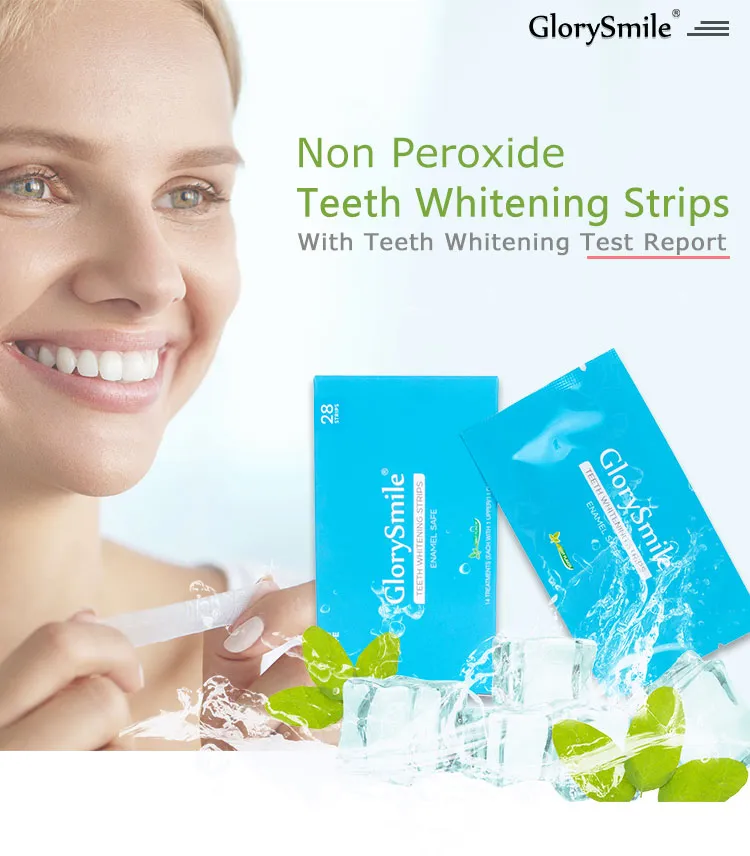
The primary active ingredient in most whitening strips is hydrogen peroxide, which acts as a bleaching agent to remove stains. The concentration of hydrogen peroxide varies, with higher concentrations typically leading to faster results, but also potentially increasing the risk of sensitivity. Some strips may use carbamide peroxide, which breaks down into hydrogen peroxide over time. Other ingredients include a film-forming agent to help the strip adhere to the teeth, such as polyvinylpyrrolidone (PVP) or polyethylene oxide (PEO). These agents also help to distribute the bleaching agent evenly. Flavorings, such as mint, may also be added to improve the user experience. It is important to check the list of ingredients to ensure you are not allergic to any of the components.
Types of Whitening Strips
Whitening strips come in several varieties, each with different formulations and intended for different needs. The main differences lie in the active ingredients, the concentration of those ingredients, and the overall design of the strips. Some are designed for daily use, while others are intended for more intermittent treatments. Understanding the differences between the types of strips available can help you choose the product that best suits your specific needs and goals. Factors such as the level of staining, your sensitivity, and your desired results should influence your choice of whitening strips. Always read and understand the product instructions before use.
Hydrogen Peroxide Strips
These strips contain hydrogen peroxide as the active bleaching agent. They are the most common type of whitening strips and are generally effective at removing surface stains. The concentration of hydrogen peroxide can vary, with higher concentrations potentially providing faster results but also increasing the risk of tooth sensitivity. The strips are typically applied for 30 minutes to an hour daily, depending on the product. Regular use over several weeks often leads to noticeable improvements in tooth whiteness. Always adhere to the manufacturer’s instructions and be mindful of any sensitivity you experience. The effectiveness of hydrogen peroxide strips is well-documented, and they are a popular choice for those seeking a brighter smile.
Non-Peroxide Strips
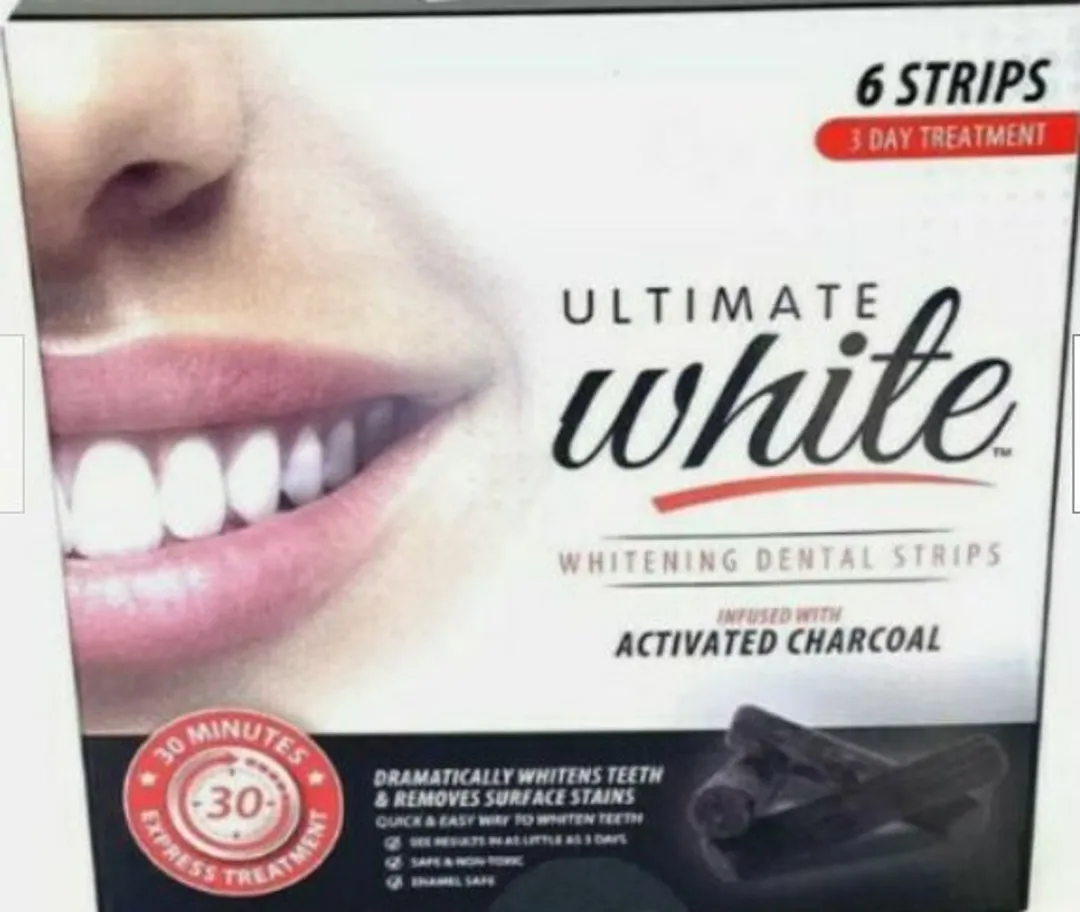
Non-peroxide strips use alternative bleaching agents, such as sodium chlorite or PAP (phthalimidoperoxycaproic acid), to whiten teeth. These strips are often marketed as being gentler on sensitive teeth compared to those containing hydrogen peroxide. While they may be less effective at removing deeper stains, they can still provide a noticeable brightening effect, especially for those with mild staining. The application process is similar to that of hydrogen peroxide strips, but the duration of use may vary. If you experience sensitivity with hydrogen peroxide strips, non-peroxide options can be a viable alternative. It is also wise to understand that these strips may take longer to generate desirable results.
Choosing the Right Whitening Strips
Choosing the right whitening strips involves considering several factors to ensure you select a product that aligns with your needs and expectations. Factors like your sensitivity level, the severity of staining, and your desired whitening results all play a significant role in making the right decision. Researching different brands, reading reviews, and consulting with a dentist can help you make an informed choice. It’s also important to consider the application time, the number of strips included in the box, and the overall cost of the product. By carefully assessing these factors, you can increase the likelihood of achieving a brighter smile without compromising the health of your teeth and gums.
Considerations for Sensitivity
Tooth sensitivity is a common side effect of teeth whitening. If you have sensitive teeth or gums, it’s crucial to choose whitening strips that are specifically formulated for sensitive teeth. These strips often contain lower concentrations of the active bleaching agent or use alternative ingredients that are gentler. Look for products that are labeled as ‘sensitivity-free’ or ‘gentle’. You may also want to use a toothpaste designed for sensitive teeth before, during, and after the whitening treatment. If sensitivity persists or worsens, it’s best to discontinue use and consult your dentist for advice. Always prioritize the health and comfort of your teeth when selecting and using whitening strips.
Reviewing Customer Reviews
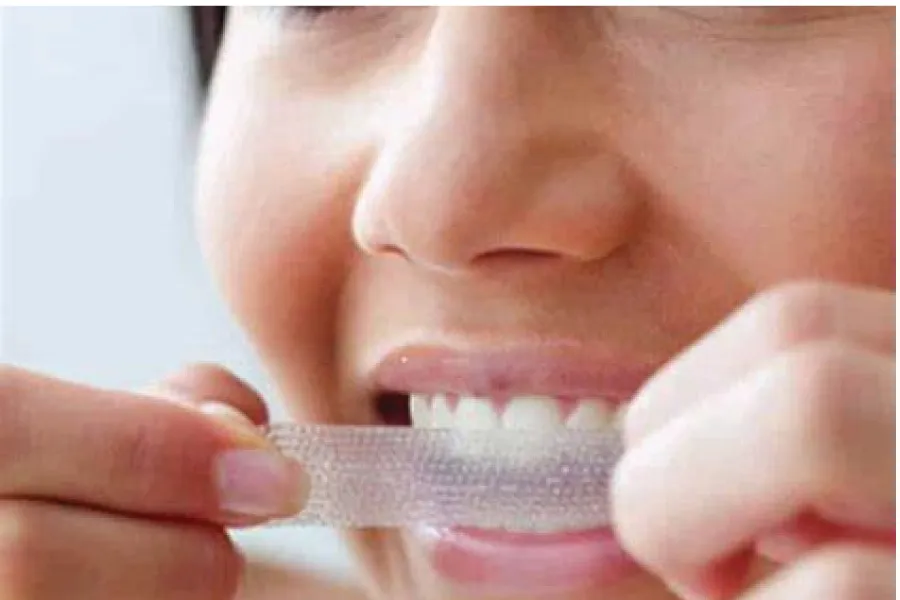
Customer reviews can provide valuable insights into the effectiveness and potential side effects of whitening strips. Before purchasing a product, it’s wise to read reviews from other users, paying attention to their experiences, the level of whitening achieved, and any issues they encountered. Look for reviews from individuals with similar dental conditions, sensitivity levels, and expectations as yours. Websites, online retailers, and social media platforms often have reviews. Note the overall rating, the consistency of positive and negative comments, and any recurring themes. However, always remember that individual experiences vary, and what works for one person may not work for another. Use the reviews as a guide, but also consider your unique needs and circumstances.
Checking the Whitening Strength
The whitening strength of a strip is primarily determined by the concentration of the active bleaching agent. The higher the concentration, the potentially faster and more dramatic the results, but also the greater the risk of sensitivity and gum irritation. Whitening strips are available with varying concentrations of hydrogen peroxide. Begin with a lower concentration if you have sensitive teeth or are using whitening strips for the first time. If you don’t experience sensitivity, you may be able to increase the concentration in future treatments. Always follow the manufacturer’s instructions regarding the recommended duration and frequency of use. If you are unsure, consult with your dentist. They can assess your teeth and recommend the appropriate strength for your needs.
Applying Whitening Strips
Proper application is essential for achieving the best results from whitening strips while minimizing any potential side effects. The process involves a few key steps, including preparing your teeth, applying the strips correctly, and taking care of your teeth post-application. Following the manufacturer’s instructions precisely is crucial. Taking the time to understand the steps will significantly impact the effectiveness of the treatment. A careful and consistent application ensures that the bleaching agent has adequate contact with the teeth’s surface and that any risks associated with the treatment are minimized. Make sure you understand how to correctly use them and any after-care needed.
Preparing Your Teeth
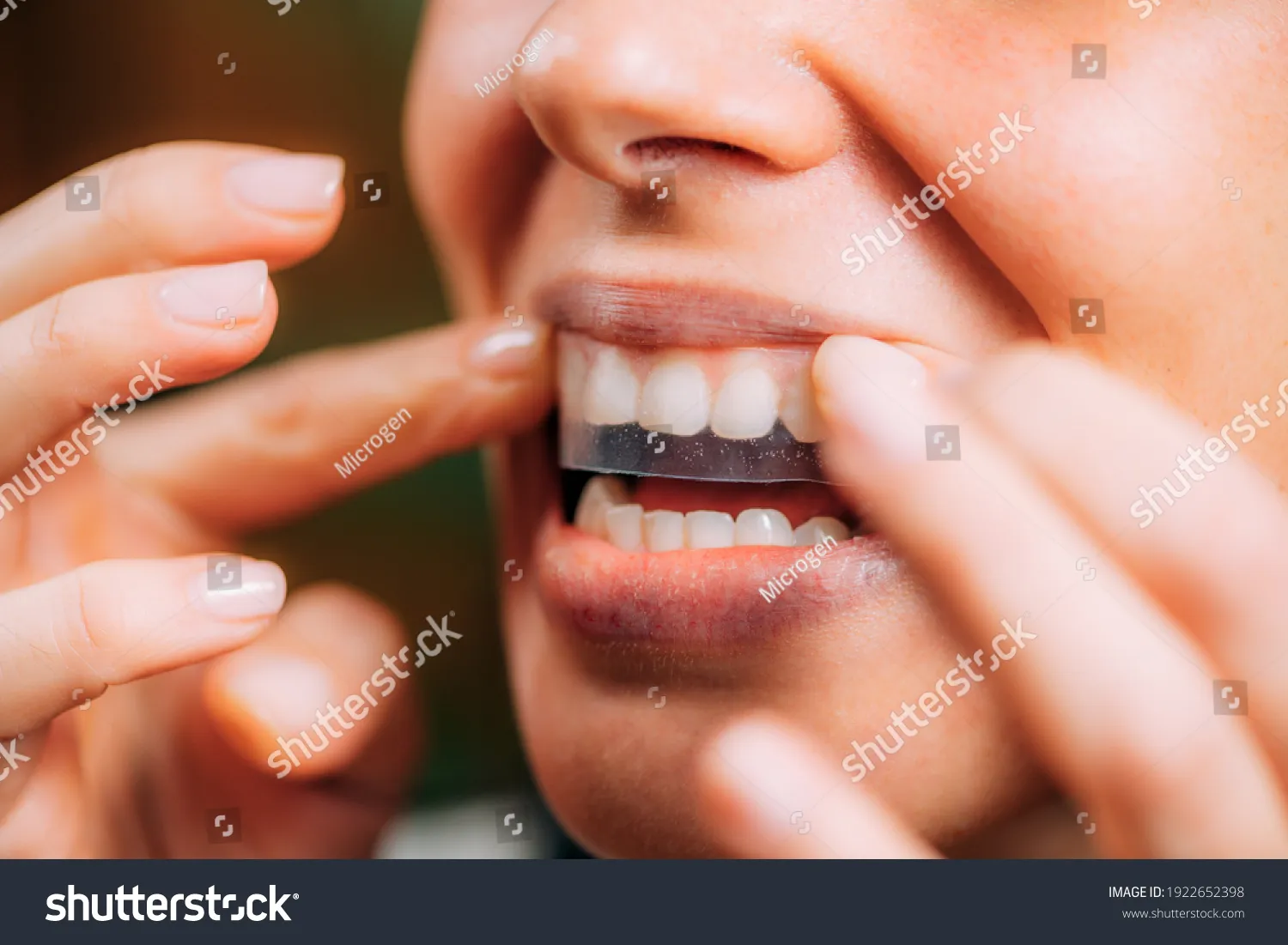
Before applying whitening strips, it’s important to prepare your teeth properly to maximize the effectiveness of the treatment. Start by brushing your teeth gently to remove any surface debris or food particles. However, avoid brushing immediately before applying the strips, as this can temporarily increase tooth sensitivity. Floss your teeth to remove any debris from between your teeth. Ensure your teeth are dry before applying the strips, as this will help them adhere better. Using a cotton swab to dry your teeth can be beneficial. Read the instructions on the product packaging to see if any additional preparation steps are recommended by the manufacturer. Properly preparing your teeth creates the optimal conditions for the bleaching agent to work.
Step-by-Step Application Guide
The application process typically involves peeling the strips from their backing, applying the longer strip to your upper teeth and the shorter one to your lower teeth. Align the strips with your gum line, pressing gently to ensure they adhere well to the teeth. Fold any excess strip behind your teeth for a secure fit. Leave the strips in place for the recommended time, as specified on the product packaging. This duration may vary, from 5 minutes to an hour, depending on the product and the concentration of the bleaching agent. After the recommended time, remove the strips and discard them. Rinse your mouth with water to remove any remaining gel. Avoid swallowing the gel. Repeat the process daily as directed by the manufacturer, usually for several days or weeks, to achieve the desired results.
Post-Application Care
Proper post-application care is vital to optimize the results of whitening strips and minimize any potential adverse effects. This includes avoiding certain foods and drinks, practicing good oral hygiene, and maintaining a consistent routine. By taking care of your teeth during and after the whitening process, you can extend the longevity of your results and safeguard the health of your teeth and gums. It is also wise to be aware of the common pitfalls that may reduce the effectiveness of the treatment. Be careful when eating or drinking after treatment, and adjust your diet accordingly.
Avoiding Food and Drinks
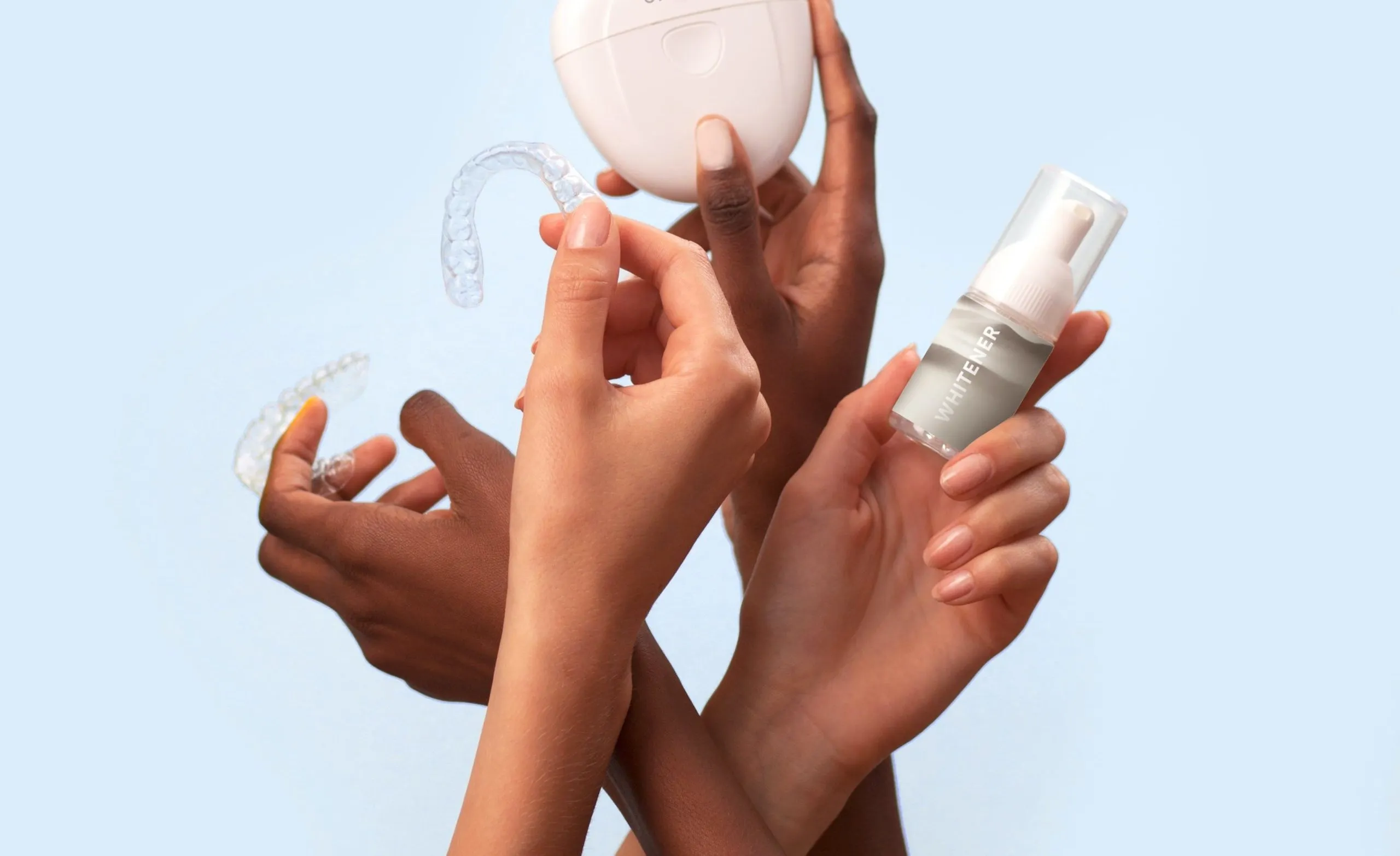
Certain foods and drinks can stain your teeth and reduce the effectiveness of whitening strips. It is recommended to avoid or limit the consumption of foods and beverages that are known to cause staining, especially for the first few hours after applying the strips. These include coffee, tea, red wine, dark sodas, berries, and foods with artificial coloring. Try drinking through a straw to minimize contact with your teeth. It’s also advisable to avoid smoking or using tobacco products, as these can significantly stain teeth. Maintaining a diet that is less likely to stain teeth will help in achieving and maintaining brighter, whiter teeth for longer.
Maintaining Your Results
Maintaining the results of your whitening strips involves a combination of good oral hygiene and lifestyle choices. Brushing your teeth twice a day with a whitening toothpaste can help remove surface stains. Flossing daily helps to remove food particles and plaque. Regular dental check-ups and cleanings are also essential for maintaining a healthy, bright smile. Consider using touch-up whitening strips or other whitening products as directed by your dentist. Avoid smoking and limit your consumption of stain-causing foods and beverages. Staying hydrated by drinking plenty of water can also help. By practicing these habits, you can extend the longevity of your results and maintain a beautiful, white smile.
Are Whitening Strips Safe
When used correctly, whitening strips are generally considered safe for most people. The active ingredients, such as hydrogen peroxide, have been extensively studied and deemed safe for use in teeth whitening products when used as directed. However, there are potential risks and side effects to be aware of, especially if the product is misused or if certain pre-existing conditions are present. It is important to follow the manufacturer’s instructions carefully and to be mindful of any discomfort or adverse reactions. If you have any concerns, it is always best to consult with your dentist. By taking the correct precautions, you can ensure the whitening strip process is a safe and positive experience.
Potential Side Effects
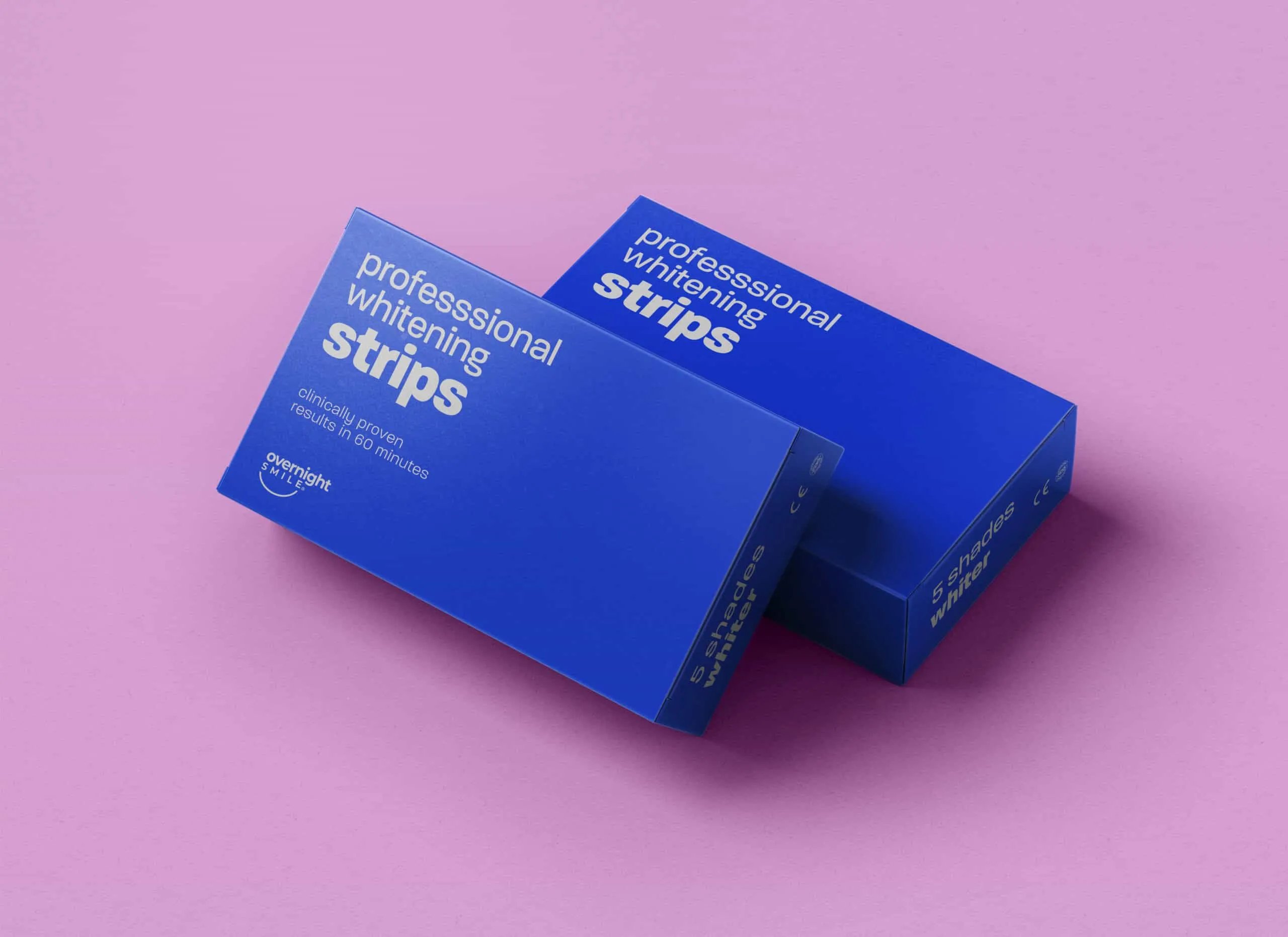
The most common side effects of whitening strips are tooth sensitivity and gum irritation. Tooth sensitivity can range from mild to moderate and may be felt as a temporary discomfort when consuming hot or cold foods and drinks. Gum irritation may manifest as redness, swelling, or soreness. These side effects are usually temporary and subside once the treatment is complete. In rare cases, more severe side effects such as chemical burns or damage to the enamel can occur. To minimize risks, use the products as directed, do not overuse them, and be sure to avoid contact between the strips and your gums as much as possible. If side effects persist or worsen, stop using the strips and consult a dentist.
Consulting Your Dentist
Before using whitening strips, it’s always wise to consult your dentist, especially if you have any pre-existing dental conditions, such as cavities, gum disease, or tooth sensitivity. Your dentist can assess your oral health and advise you on whether whitening strips are safe and appropriate for you. They can also recommend the best type of whitening strips to use, the appropriate duration of treatment, and suggest ways to minimize the risk of side effects. Your dentist can also offer professional teeth whitening options. If you experience any side effects during the whitening process, contact your dentist immediately. Seeking professional advice ensures that you’re taking the necessary steps to achieve a brighter smile in a safe and healthy way.
Comparing Whitening Strips to Other Methods
Whitening strips are just one of many teeth-whitening options available. Understanding how whitening strips compare to professional treatments and other over-the-counter products can help you make an informed decision. The best method for you depends on your budget, the level of staining you need to treat, and your desired results. Consider the pros and cons of each method, and weigh them against your individual needs and circumstances. By comparing the different options, you can select the treatment that will most effectively and safely brighten your smile.
Professional Whitening vs Strips
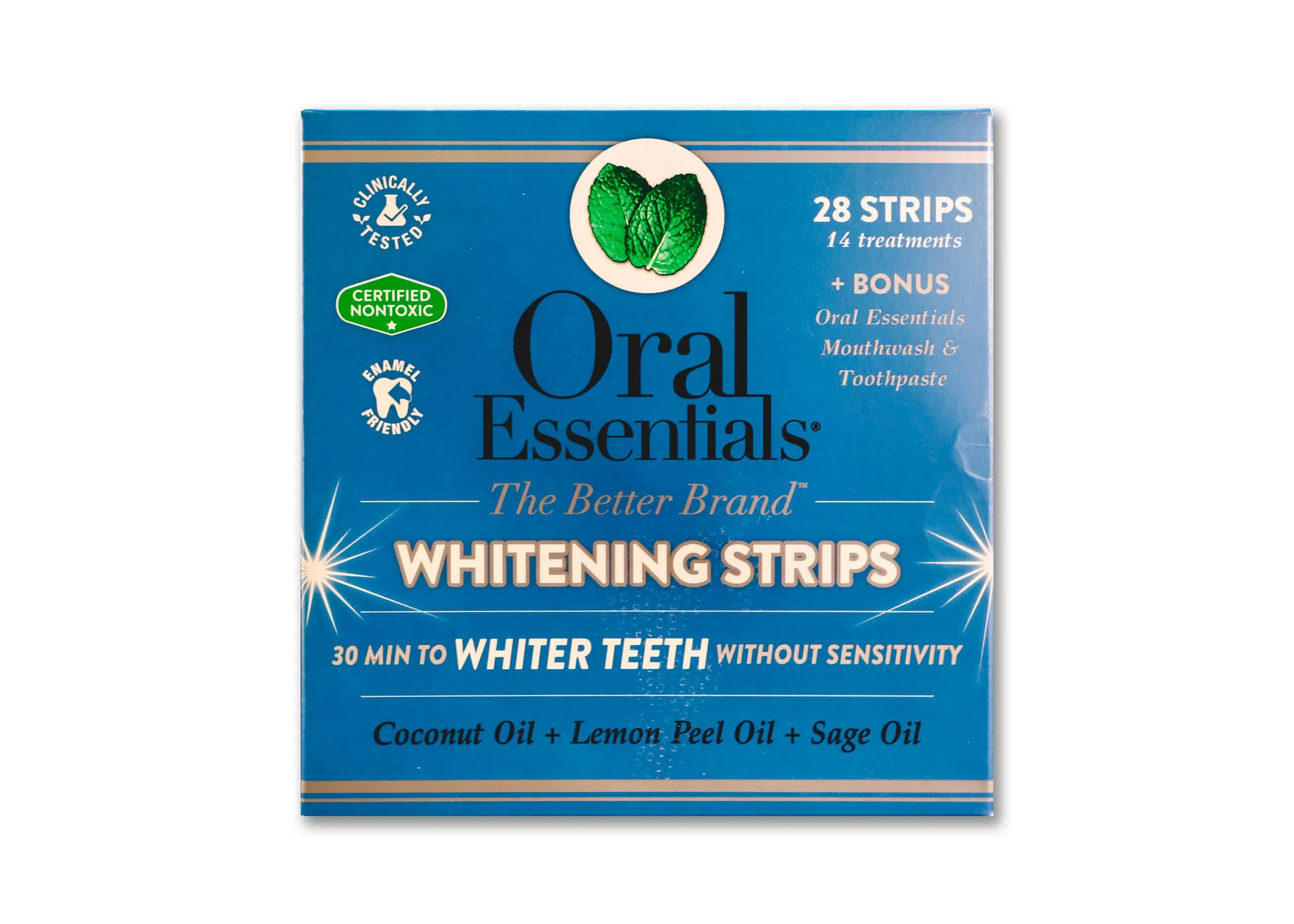
Professional teeth whitening, performed by a dentist, typically involves the use of stronger bleaching agents and specialized equipment to accelerate the whitening process. This method often provides faster and more dramatic results than whitening strips. Professional whitening can also address more severe staining and discoloration. The process is carefully monitored by a dental professional, reducing the risk of side effects and ensuring the treatment is safe and effective. However, professional whitening is generally more expensive than using whitening strips and requires visits to the dentist’s office. If you are seeking quick, dramatic results and have significant staining, professional whitening might be a better option. If your staining is less severe, and you are looking for a more affordable, convenient solution, whitening strips might be sufficient.
Whitening Toothpastes and Strips
Whitening toothpastes are designed to remove surface stains from your teeth. While they can help to brighten your smile and improve the appearance of your teeth, they typically do not contain bleaching agents and do not provide the same level of whitening as whitening strips or professional treatments. Whitening toothpastes often contain abrasive particles or special chemicals that help to scrub away stains. Whitening strips, on the other hand, use a bleaching agent to penetrate the enamel and lighten the color of your teeth. While whitening toothpastes can be a useful addition to your oral hygiene routine and can help maintain the results of whitening treatments, they are generally less effective than whitening strips in removing deeper stains.
